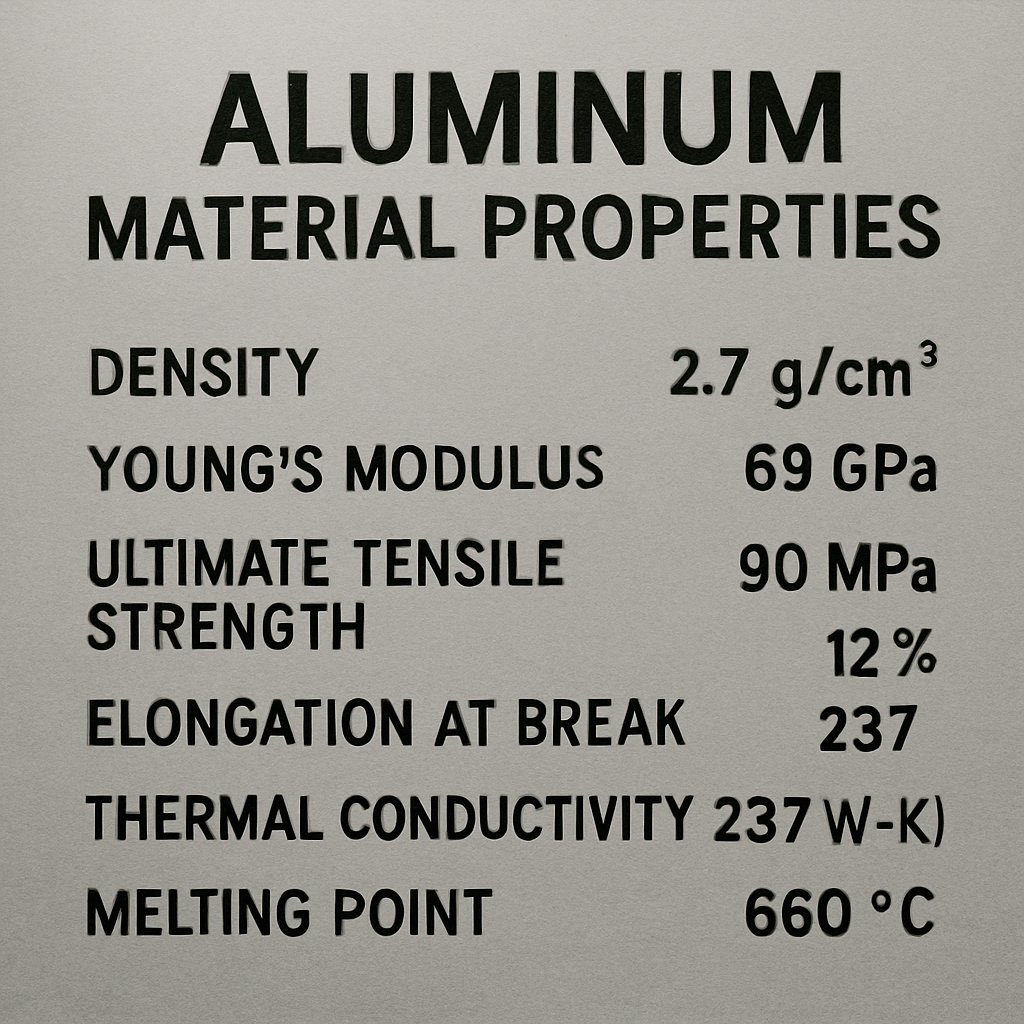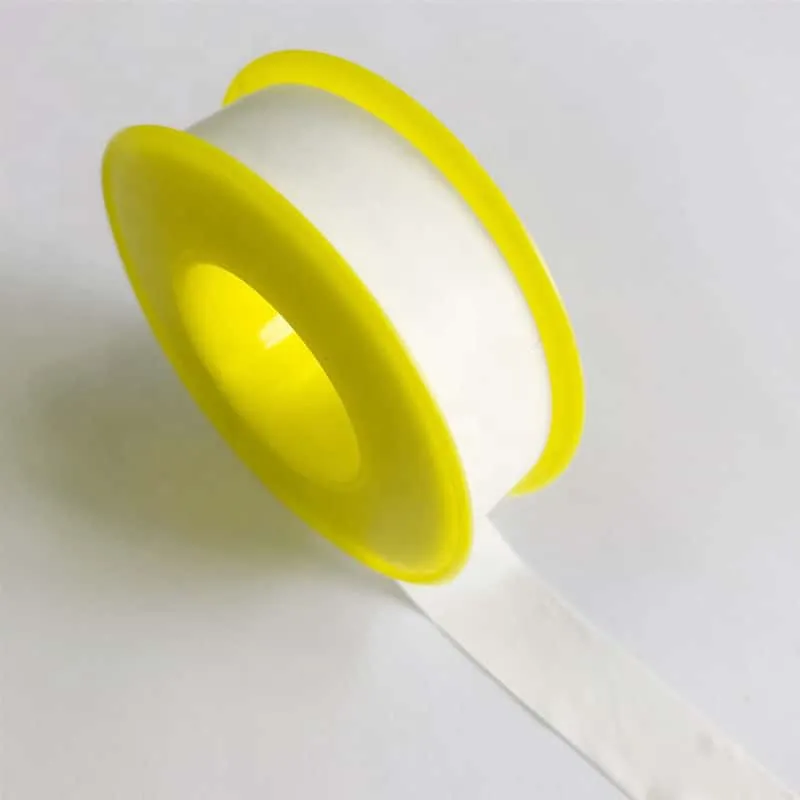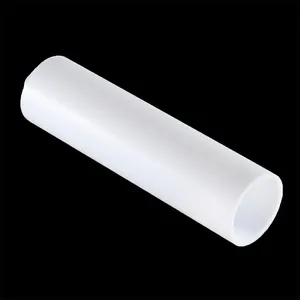CNC machining aluminum is a vital process in manufacturing, offering precision and efficiency. Whether you’re a hobbyist or a professional, understanding the basics of CNC machining aluminum can greatly enhance your projects. This guide will walk you through the essential steps involved in CNC machining aluminum parts, ensuring you achieve the best results.
CNC, or Computer Numerical Control, is a method used to automate control of machine tools through software embedded in a microcomputer. It is commonly used in manufacturing to create precise parts from materials like aluminum.
The evolution of CNC machining has been remarkable. From its inception in the late 1940s to its widespread use today, CNC technology has transformed manufacturing. Early machines relied on punched tape for instructions, while modern CNC systems use advanced software for precision and flexibility, making complex machining processes possible with minimal human intervention.
CNC machining offers numerous benefits over traditional methods. One of the main advantages is precision. CNC machines can achieve tolerances as tight as a few microns, enabling the production of highly accurate parts. Additionally, CNC machining enhances efficiency by automating repetitive tasks, reducing the risk of human error, and allowing for faster production cycles.
CNC machining is utilized across a wide range of industries. In aerospace, it creates lightweight yet durable components essential for aircraft. The automotive industry relies on CNC for engine parts and custom components. Even in the medical field, CNC machining produces precise instruments and implants, showcasing its versatility and critical role in modern manufacturing.
Why Choose Aluminum?
Aluminum is favored in CNC machining for various reasons:
Aluminum’s Versatility
Aluminum’s versatility makes it a preferred material in many applications. It can be easily shaped into intricate designs, allowing for creative possibilities in product development. Furthermore, aluminum alloys can be tailored to meet specific requirements, providing options for different strength, weight, and thermal properties, making it adaptable to diverse industry needs.
Environmental Benefits of Aluminum
Aluminum is a sustainable choice in machining due to its recyclability. Unlike some materials that degrade during recycling, aluminum retains its properties, making it 100% recyclable. This reduces the environmental impact of production and supports sustainability initiatives, an increasingly important factor for companies focusing on eco-friendly practices.
Comparing Aluminum to Other Materials
When compared to other metals, aluminum often stands out due to its unique properties. For instance, while steel offers superior strength, aluminum is much lighter, making it ideal for applications where weight is a concern. Additionally, aluminum’s natural corrosion resistance often eliminates the need for additional coatings, unlike some other metals, offering cost-saving advantages.
Preparing for CNC Machining
Before you start machining, it’s crucial to prepare adequately. Here’s what you need to consider:
Selecting the Right Aluminum Grade
Not all aluminum grades are suitable for CNC machining. Some of the most commonly used grades include:
- 6061: Known for its strength, workability, and good corrosion resistance. It’s a versatile choice for many applications.
- 7075: Offers high strength and is often used in aerospace applications. While more expensive, its superior mechanical properties justify its use in high-stress scenarios.
- 2024: Known for its high strength-to-weight ratio and fatigue resistance. It’s commonly used in applications where stress and weight are critical factors.
Importance of Machine Calibration
Calibration is a fundamental step in machine setup. Regularly calibrating your CNC machine ensures that it maintains precision and accuracy. By doing so, you prevent errors that could lead to wasted materials and time, and you safeguard the quality of your final product. This process involves checking and adjusting the machine’s axes and ensuring all components are aligned correctly.
Tool Selection for Aluminum
Choosing the right tools is crucial for successful machining. Carbide-tipped tools are often preferred for cutting aluminum due to their durability and ability to withstand high cutting speeds. Additionally, selecting the appropriate tool geometry can enhance chip removal and reduce heat buildup, which is essential for maintaining a good surface finish and prolonging tool life.
Designing for CNC Machining
Using CAD (Computer-Aided Design) software, design the part you wish to create. Ensure the design is optimized for CNC machining by avoiding unnecessary complexity and considering tool access. Simplifying designs can reduce machining time and cost while ensuring the part meets all functional requirements. It’s also important to consider the limitations of the CNC machine and incorporate any necessary support structures into the design.
The Machining Process
Once you’ve prepared, it’s time to start machining. Follow these steps for effective CNC machining of aluminum parts.
Step 1: Secure the Aluminum Workpiece
Use a vise or clamps to hold the aluminum piece securely in place. This prevents movement during machining, which can affect precision. Properly securing the workpiece is essential for safety and the accuracy of the cut. It’s important to ensure that the workpiece is stable, especially during high-speed operations, to prevent any potential hazards or inaccuracies.
Step 2: Set the Cutting Parameters
Determine the optimal cutting speed, feed rate, and depth of cut based on the aluminum grade and tool being used. Generally, aluminum requires higher cutting speeds. Setting these parameters correctly is crucial for achieving a smooth finish and prolonging tool life. The wrong settings can lead to tool wear, poor surface finishes, or even damage to the workpiece.
Step 3: Execute the Machining Operation
Load your design into the CNC machine and begin the machining process. Monitor the operation closely to ensure everything is proceeding as expected. It’s important to be vigilant during the machining process, as unexpected issues can arise. By observing the operation, you can make real-time adjustments, such as modifying the speed or feed rate, to optimize the process and ensure the best results.
Step 4: Coolant Use
Utilize coolant to prevent overheating. Overheating can cause tool wear and may affect the finish of the aluminum part. Coolant helps in maintaining the temperature, reducing friction, and flushing away chips from the cutting area. Selecting the right coolant type and ensuring its proper application can significantly enhance machining performance and tool longevity.
Step 5: Post-Machining Processes
After machining, there are several post-machining processes to consider:
- Deburring: Remove any sharp edges or burrs left by the machining process. This not only improves the aesthetic of the part but also ensures it is safe to handle.
- Surface Finishing: Depending on the application, you might need to polish or anodize the part for improved aesthetics or additional corrosion resistance. Surface finishing can also enhance the durability and functionality of the part, depending on its intended use.
Troubleshooting Common Issues
Even with careful preparation, issues can arise. Here’s how to troubleshoot some common problems in CNC machining aluminum:
Tool Wear
If you notice tool wear:
- Solution: Check the cutting speed and feed rate. They may need adjustment to reduce the strain on the tool. Regularly inspecting tools for wear and replacing them as needed is essential to maintain machining quality and efficiency. Using high-quality, coated tools can also extend tool life and improve performance.
Poor Surface Finish
A poor finish can result from various factors:
- Solution: Ensure the tool is sharp and the machine is properly calibrated. Adjust the cutting parameters as necessary. Using the right type of tool and ensuring it’s in good condition can greatly impact the surface finish. Additionally, verifying that the machine settings align with the material properties can help achieve the desired quality.
Material Deformation
Deformation may occur due to heat buildup:
- Solution: Use adequate coolant and verify that the workpiece is securely clamped. Proper clamping ensures that the workpiece remains stable during machining, reducing the risk of deformation. Adequate cooling helps in dissipating heat and maintaining the structural integrity of the material during the process.
Conclusion
CNC machining aluminum is a skill that combines technology and craftsmanship. By following this step-by-step guide, you can create precise and high-quality aluminum parts, whether for hobby projects or professional applications. Understanding the nuances of material selection, machine setup, and process execution will enhance your machining capabilities and lead to successful outcomes.
Remember, practice and experience are key. Start with simple projects and gradually move to more complex designs as you become comfortable with the process. As you gain experience, you’ll develop a deeper understanding of the intricacies involved in CNC machining, allowing you to tackle more challenging projects with confidence.
Implement these guidelines, and you’ll be well on your way to mastering CNC machining aluminum. Embrace the learning journey, and don’t hesitate to experiment and learn from each project. Continuous improvement and adaptation to new techniques and technologies will keep you at the forefront of CNC machining advancements.








